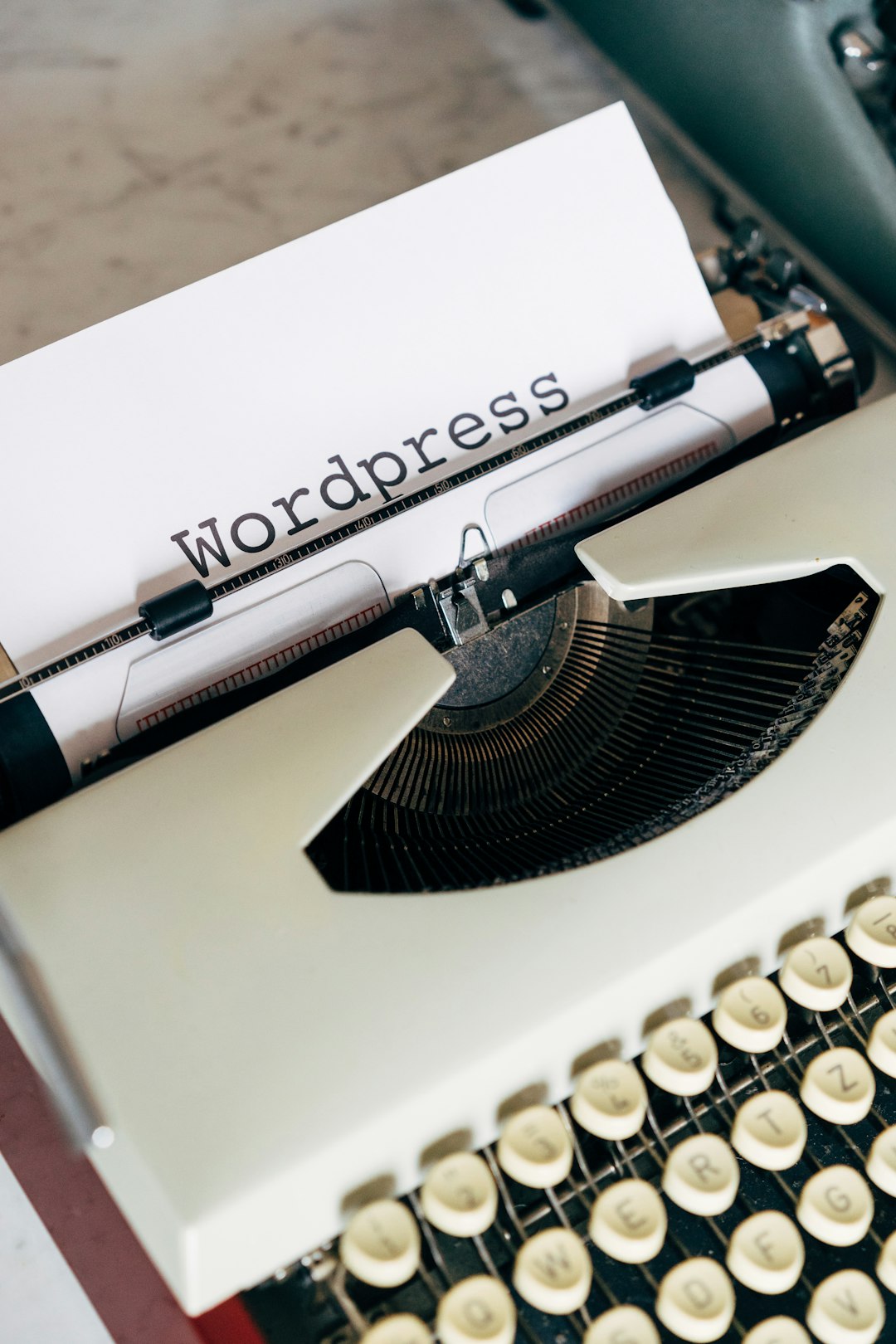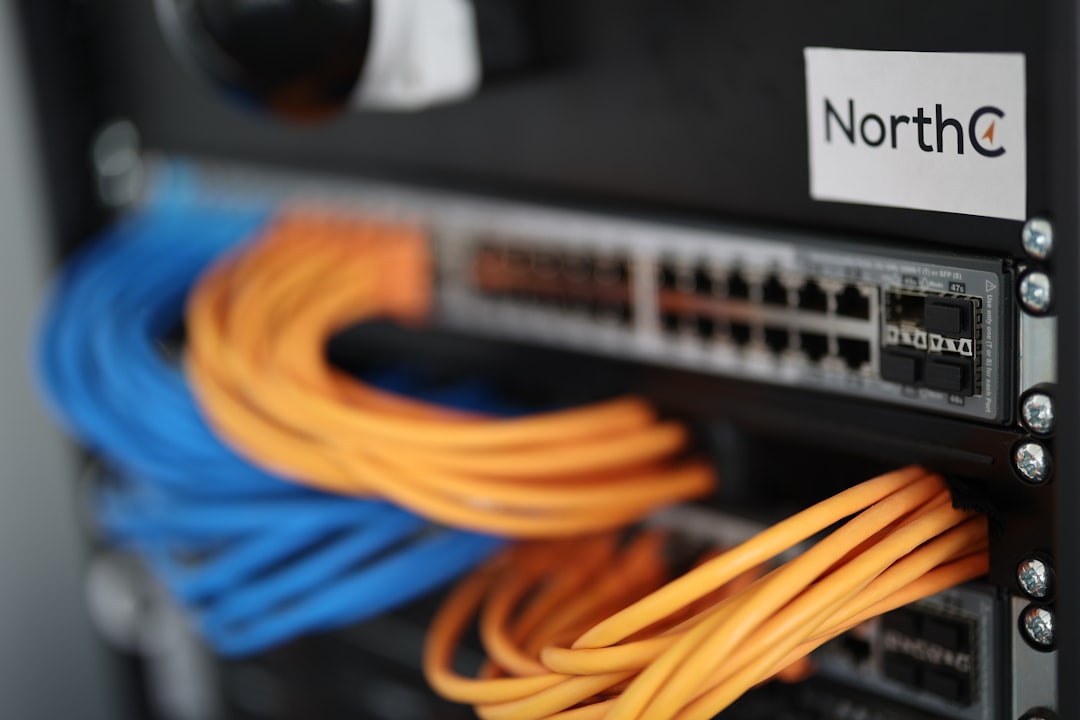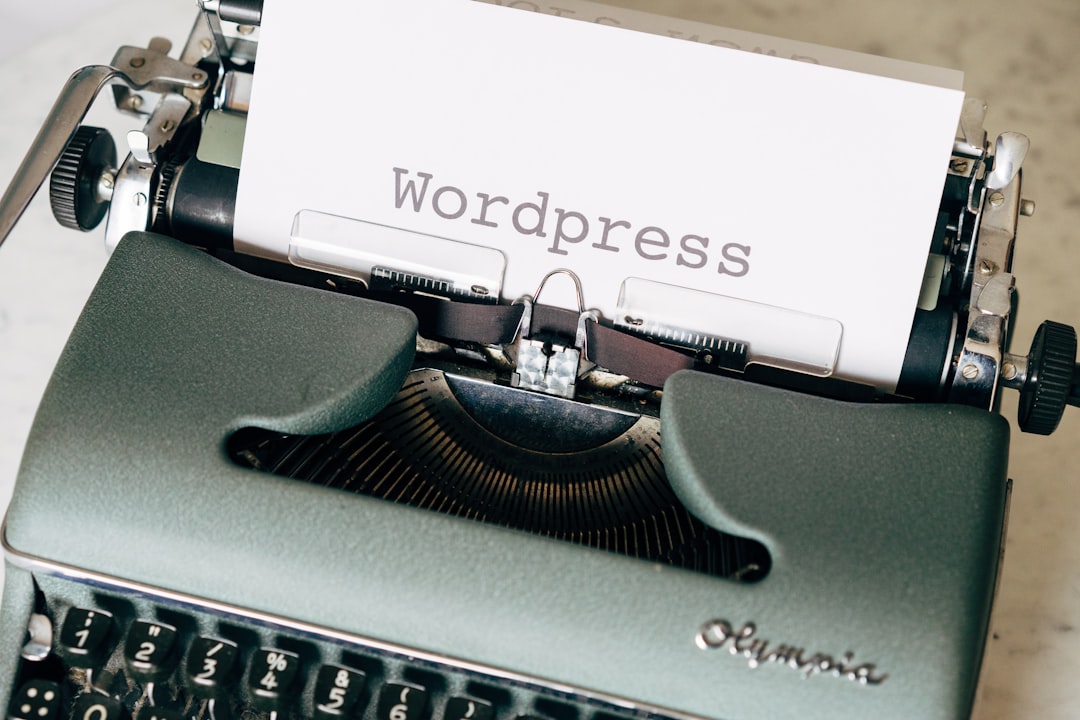Webmasters and developers working with WordPress often encounter the frustrating “Access Denied” error when navigating to secure links, especially those involving protected content or custom user roles. These issues can arise due to a combination of server configurations, plugin conflicts, or permission settings within the WordPress ecosystem. Understanding the common causes and applying targeted fixes can restore proper access and help maintain a seamless user experience.
Understanding What “Access Denied” Really Means
When a browser displays an “Access Denied” message, it typically means that the server understood the request but is refusing to authorize it. In WordPress, this is commonly related to:
- Incorrect file permissions on the server
- Issues with .htaccess rules
- Conflicts caused by security plugins or firewalls
- Misconfigured roles and capabilities
- Broken permalinks or outdated URL structures
Identifying the root cause is the key to unlocking access and ensuring that secure links work as intended for all users.
Step-by-Step Instructions to Resolve “Access Denied” Errors
1. Check File and Directory Permissions
The first place to check is your WordPress file and folder permissions:
- Files: Should typically be set to
644 - Folders: Should be set to
755
You can inspect and modify permissions using FTP programs like FileZilla or via your cPanel File Manager.
Improper permissions may prevent WordPress from reading secure links or scare off server-side processes that validate access.
2. Review .htaccess Configuration
The .htaccess file governs rewrite rules and access directives on Apache servers. A corrupted or overly strict rule set can cause legitimate links to return Access Denied errors.
Try replacing the current .htaccess with WordPress’s default rules. Simply back up your file and replace it with:
# BEGIN WordPress
<IfModule mod_rewrite.c>
RewriteEngine On
RewriteBase /
RewriteRule ^index\.php$ - [L]
RewriteCond %{REQUEST_FILENAME} !-f
RewriteCond %{REQUEST_FILENAME} !-d
RewriteRule . /index.php [L]
</IfModule>
# END WordPress
After making changes, test the previously restricted link to see if access is restored.
3. Resolve Plugin and Theme Conflicts
Security and membership plugins are often the cause of restricted access. Plugins like Wordfence, Sucuri, or MemberPress impose additional layers of rules and may restrict users from certain URLs.
To troubleshoot:
- Deactivate all security-related plugins temporarily.
- Clear your cache and attempt to access the restricted link.
- If access is restored, re-enable plugins one at a time to isolate the conflicting one.
Sometimes, incompatible themes can also alter query strings or restrict access to protected templates.

4. Verify User Roles and Capabilities
If the error only affects specific users, it’s likely tied to their role or capability metadata within WordPress. Use a plugin like User Role Editor to inspect and adjust permissions:
- Ensure users have the correct role (e.g., Subscriber, Editor, Administrator).
- Grant access to custom post types or restricted content if applicable.
You may also need to check your membership or content restriction plugin settings that limit page visibility by role.
5. Check the URL Structure and Permalinks
Corrupted permalink settings can also cause 403-style access errors. Navigate to:
Settings → Permalinks
Then click “Save Changes” without making modifications. This process refreshes your .htaccess rules and updates link structures accordingly.
If the issue involves non-ASCII characters or special symbols in URLs, it’s better to use ASCII slugs for better compatibility.
6. Address Hotlink and Server Restrictions
Certain host configurations block direct linking or hotlinking to media files and pages. Check your hosting control panel for:
- Hotlink Protection: Disable if it incorrectly restricts WordPress-generated secure URLs.
- CORS Policies or ModSecurity: Sometimes too strict and need tuning through your host or an .htaccess rule.

Advanced Methods for Developers
7. Use wp-config.php for Temporary Debugging
Add the following lines to your wp-config.php file to enable debugging:
define('WP_DEBUG', true);
define('WP_DEBUG_LOG', true);
define('WP_DEBUG_DISPLAY', false);This will help you trace back the issue to plugin hooks, themes, or server responses logged in the wp-content/debug.log.
8. Create Custom Redirect Rules
If you’re managing a membership or eCommerce site, it may be necessary to redirect users who are denied access due to SDL (secure direct linking). Use this code snippet in your functions.php:
function redirect_unauthorized_users() {
if (!current_user_can('read') && !is_admin()) {
wp_redirect(home_url());
exit;
}
}
add_action('template_redirect', 'redirect_unauthorized_users');
This gives developers fine-grained control over who can see what, and where they’re redirected otherwise.
Preventing Future Access Denial Issues
To ensure these types of issues don’t recur, consider the following maintenance tips:
- Regularly back up your .htaccess and wp-config.php files
- Use well-rated, compatible plugins that are actively maintained
- Test changes on a staging environment before going live
- Keep your file permissions consistent across all servers
- Review user roles and access logs quarterly
Conclusion
“Access Denied” messages with secure links in WordPress can arise from a myriad of causes, but with a structured approach that inspects file permissions, plugin behavior, server rules, and user roles, the source of the issue can usually be identified and resolved. In cases where persistent access issues remain, consulting a system administrator or using a managed WordPress host can provide additional layers of troubleshooting and security insight. The goal is to ensure your site remains functional, secure, and accessible—achieving that requires regular audits and proactive configurations.
Frequently Asked Questions (FAQ)
-
Q: What does “Access Denied” mean in WordPress?
A: It means the server is refusing to deliver the requested content due to permissions, plugin rules, or server configurations. -
Q: Can plugins cause access denied errors?
A: Yes, especially security or membership plugins that restrict access based on user roles or IP addresses. -
Q: How can I fix broken secure links?
A: Refresh permalinks, check .htaccess rules, and ensure user roles have the necessary permissions. -
Q: Do I need to contact my host to fix this?
A: Sometimes. If the issue stems from ModSecurity, firewall policies, or server-level restrictions, your hosting provider may need to assist. -
Q: What’s the best way to identify the cause of Access Denied errors?
A: Use debugging tools in WordPress, disable plugins temporarily, or check error logs for detailed messages.



